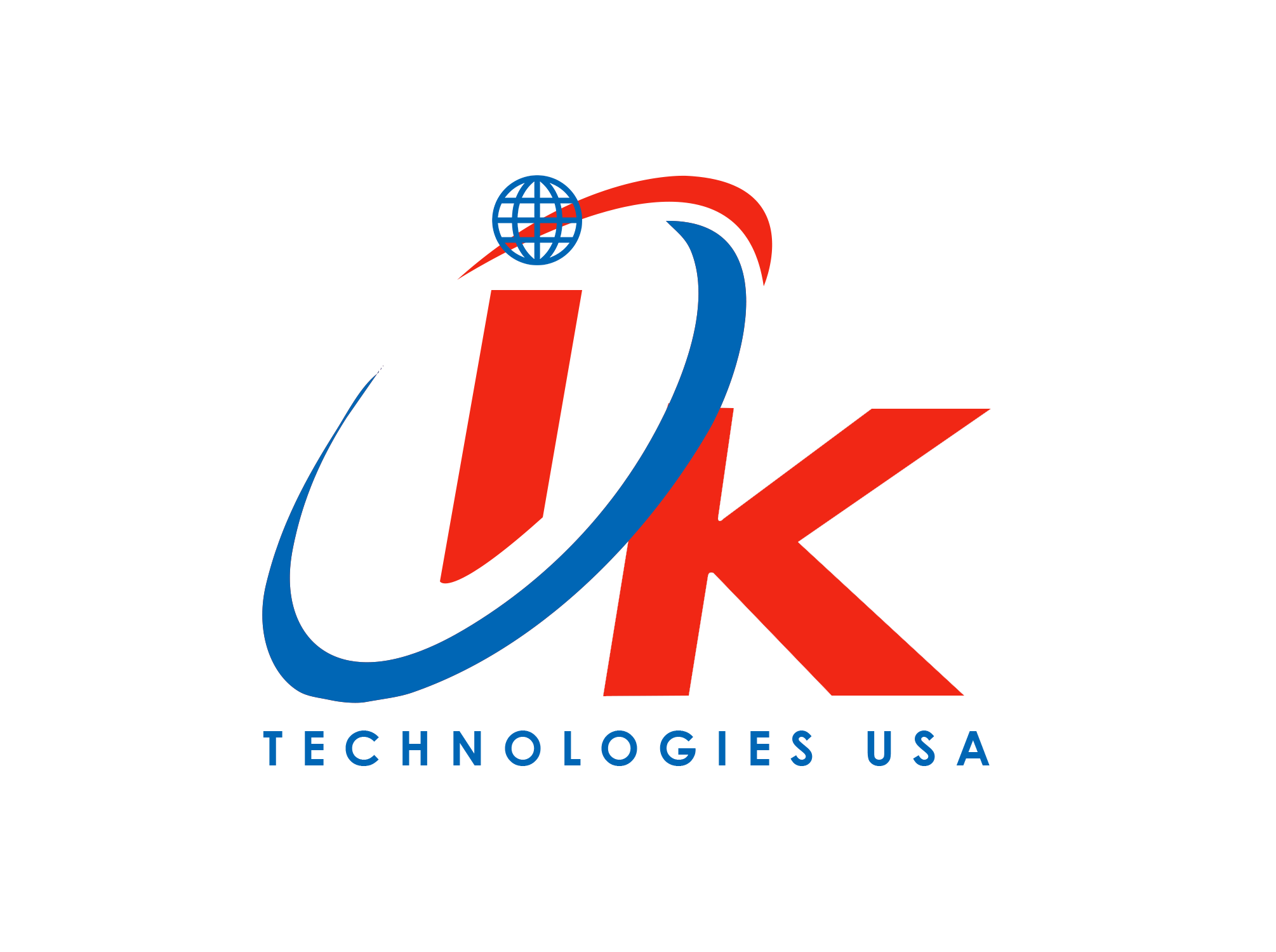Explore the upcoming trends that will shake up web design and development in 2024.
Web design is changing a lot—it’s like a whole new era.
Now, it’s not just about making pretty web pages. It’s about creating experiences that connect, engage, and inspire. With new tech popping up all the time and a bigger focus on how people use websites, the trends in 2024 are going to change how we see digital looks and how things work.

But don’t get too caught up in these trends. According to experts, like Felix Lee, the Co-Founder and CEO at ADPList, trends are good to know about, but you don’t have to follow them exactly. Trends come and go fast, and just about anything could become trendy.
So, take these trends with a grain of salt. You don’t have to completely change what you’re doing. It’s good to know what’s popular now and what people are into, but always remember to focus on your own goals when designing.
“Always let your intentions guide your design, and let the trends follow. Many people skip the first part because they get distracted by new and shiny things.”
— Felix Lee, Co-Founder and CEO at ADPList
7 Web Design Trends for 2024
The world of web design isn’t just about adapting to changes; it’s about leading the charge toward a more immersive, interactive, and intelligent digital future. Understanding and incorporating these trends can help designers, developers, and brands construct beautiful, functional, and user-friendly websites.
1. Denser, Richer Graphics
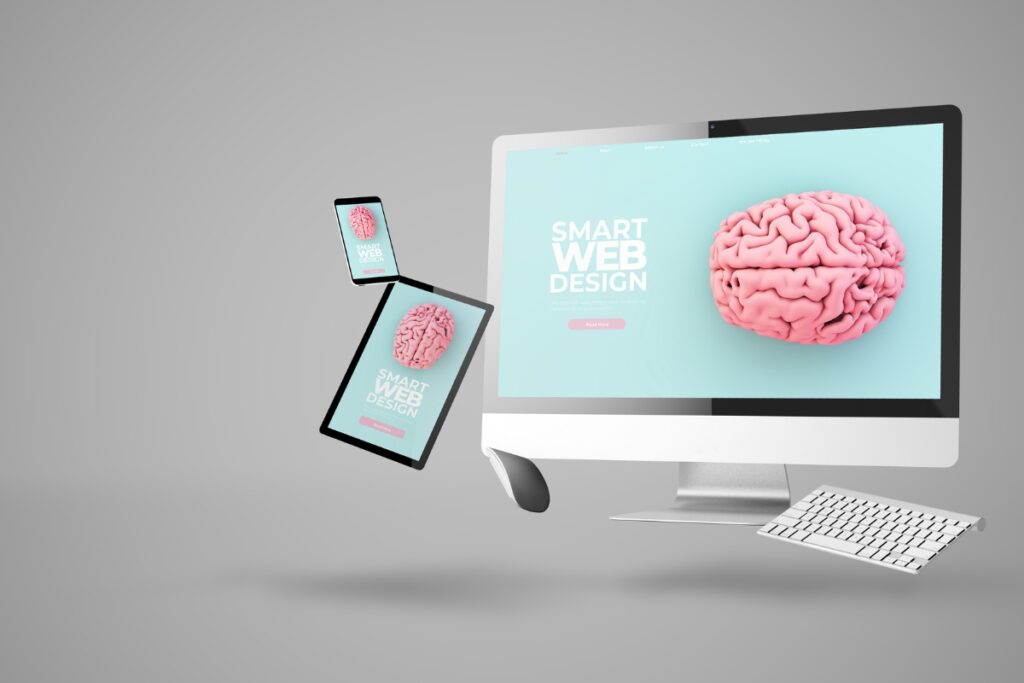
In 2024, expect denser and richer graphics to dominate the online landscape. Websites will embrace complexity, incorporating vibrant colors, intricate textures, and captivating patterns to deliver even more immersive experiences for users. This departure from the clean and minimalist designs of the past decade promises a more engaging user experience.
This shift is largely attributed to rapid advances in technology witnessed over the last few years. Improved computing power now supports the creation of more design-intensive sites, granting designers and developers greater freedom for self-expression and brand representation. Modern processors, faster and more efficient, enable swift loading of complex graphics, enhancing overall user experience. Graphics Processing Units (GPUs) have also made significant strides, allowing for high-resolution images and intricate animations without hardware limitations.
Designers can now create visually captivating and emotionally resonant websites, overcoming previous constraints of slow load times and performance issues.
Welcome to a new era of digital creativity, where design aesthetics are bound only by imagination, not constrained by processors or web browsers.
2. AI-Generated Designs
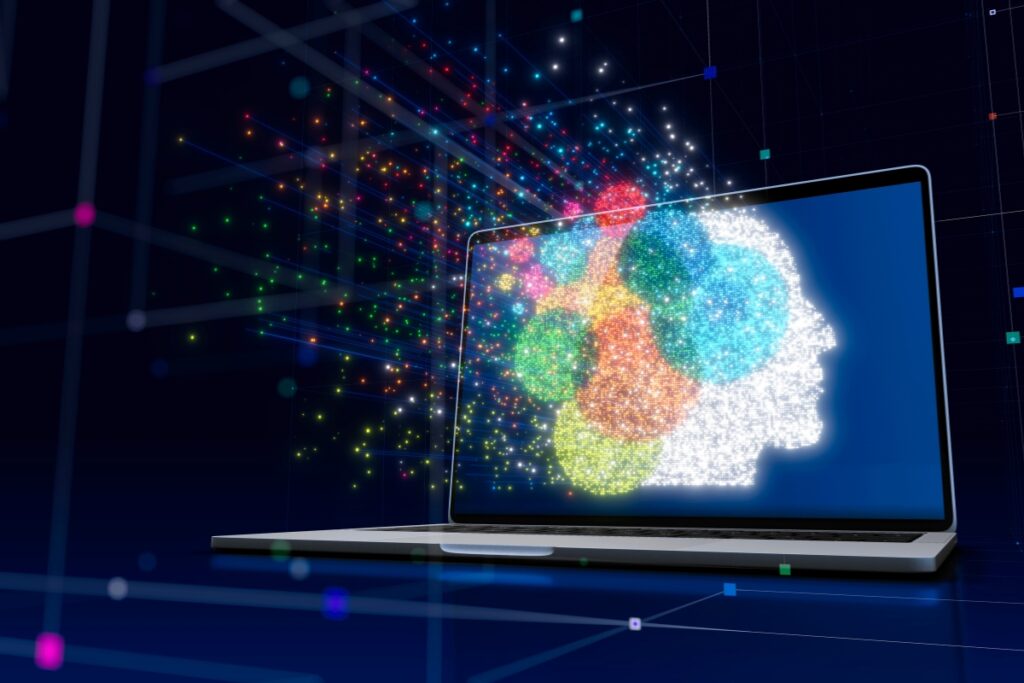
The fusion of generative art and AI in web design is set to revolutionize the digital scene in 2024. In the past two years, AI-generated designs have rapidly emerged, becoming more accessible and widely adopted. This trend is expected to deepen its roots and further transform the digital and design realms in the coming year.
The ability to harness AI for making custom graphics based on user data and design systems introduces a new dimension of personalized user experiences. Rather than uniform content for every user, websites will now feature dynamic and evolving content tailored to individual preferences, offering unique and relevant designs to each user.
Industry experts anticipate a significant impact, stating, “Generative art using AI is going to be a huge trend in 2024. We’re going to be able to see more custom graphics per user just because you can generate, based on a design system, richer palettes and things that are very specific to user data.”
AI design tools also hold the potential to significantly reduce design timelines and associated costs while providing users with distinctive, personalized experiences based on their behavior and preferences. These tools are especially valuable for individuals or teams with grand ideas seeking support in translating those ideas into actual designs.
“AI is going to change how design is thought about and how designers operate. We’re already seeing tons of AI tools out there that help support the entire designers’ workflow, whether you’re an individual or a team. I see AI as actually helping designers be more creative.”
3. Skeuomorphism
Skeuomorphism in web design revolves around developing elements that mirror their real-world counterparts in appearance, texture, and functionality, offering users a familiar and intuitive experience. It aids quick user comprehension of how to interact with various elements, enhancing the overall user-friendliness of the interface.
The resurgence of skeuomorphism extends beyond mere nostalgia; it represents an emotional response to the increasing digitization of our daily lives. In a virtual-centric world, users are drawn to designs mimicking a pre-digital era. Skeuomorphic elements, such as switches, buttons, and dials, create a seamless and intuitive feel, particularly in navigation menus and call-to-action buttons.
4. Parallax Scrolling
Parallax scrolling, a technique where background content moves at a different speed than foreground content, creates a sense of depth and enhances the visual experience. Making a comeback in 2024, parallax scrolling now integrates live and video content, revolutionizing this classic design concept.
This resurgence isn’t merely revisiting an old trend but reinventing it with modern technology. Examples like the Ghostbusters fan-made site showcase parallax scrolling enriched with animated elements, videos, and gifs, offering a more engaging and visually stimulating web experience.
“Parallax, which was all the rage 10 years ago, is going to make a comeback, especially when you now have parallax with live content, video, and images.”
— Quinnton Harris, Co-Founder and CEO at Retrospect Studios
5. Kinetic Typography
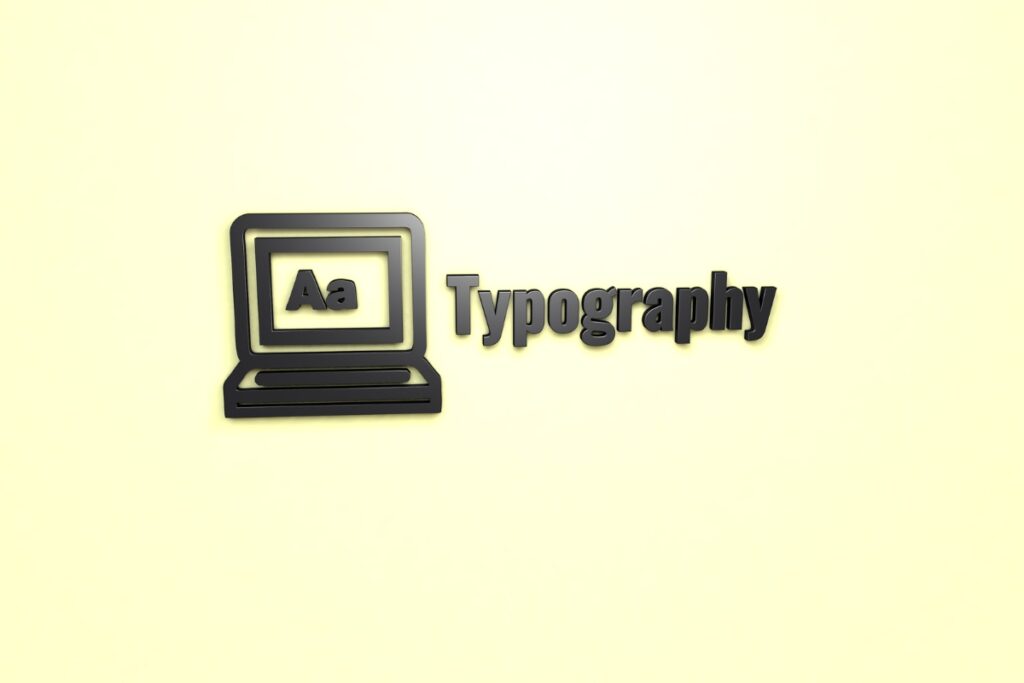
Kinetic typography involves animating text to capture attention and dynamically convey messages. This trend transforms text from a mere information conveyor into an engaging visual element. With user-friendly design tools and a cultural shift toward dynamic content, kinetic typography is set to redefine the aesthetics of web design in 2024, making pages experiential rather than purely informational.
Anticipated to become more interactive, kinetic typography in 2024 will respond to user actions and seamlessly integrate with other design elements for a cohesive and immersive experience. Its longevity is ensured by promoting accessibility and inclusivity, bringing simplicity, readability, and comprehension to global web designs.
6. Microinteractions

Microinteractions are those small, interactive elements seamlessly integrated within a website, responding to user actions like hovering over a button or clicking on an icon. Despite their subtlety, these interactions significantly enhance engagement and user intuitiveness.
Foreseeing an evolution beyond mere visual feedback, anticipate microinteractions to become more personalized and context-aware in the coming year. They will adapt to user behavior and preferences, providing a more immersive and tailored experience.
As websites have increasingly leaned towards excessive animation and interactivity, resulting in a sometimes poor and inaccessible user experience, microinteractions offer a remedy. By introducing fun and meaningful interactions that complement the website’s content and design rather than overshadowing it, microinteractions strike a balance.
7. Typographical Evolution
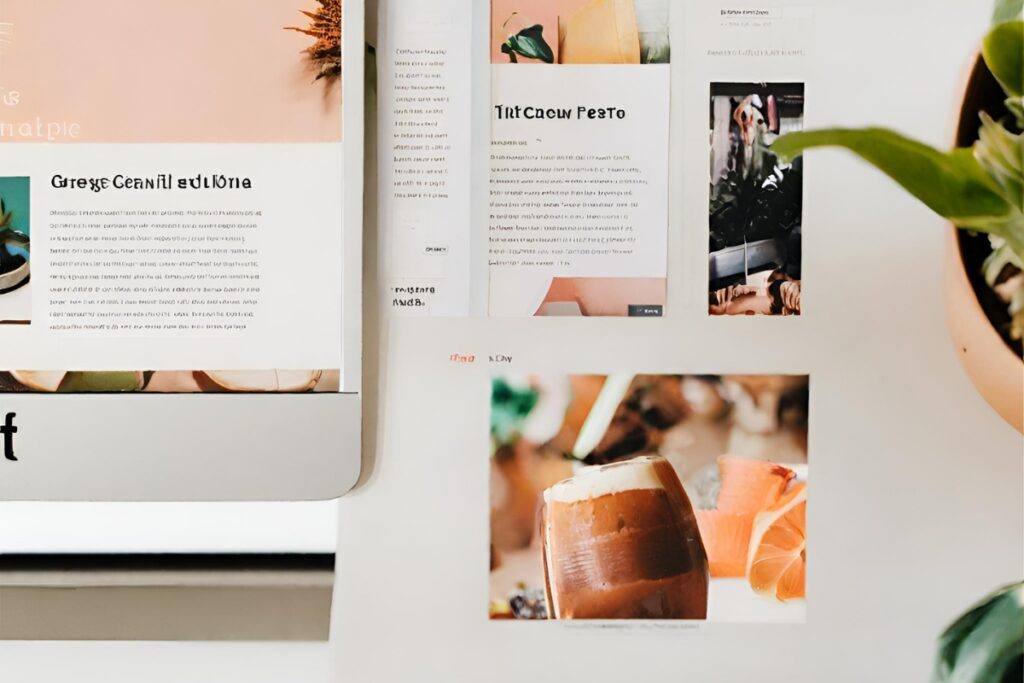
Typography is undergoing a transformative evolution in every conceivable aspect. Designers are pushing the boundaries of layout, size, and color while integrating dynamic and interactive elements.
No longer confined to merely conveying a message, typography has become a character on the screen, an active design element that enhances the overall aesthetic and appeal of a website.
Take, for instance, the design agency hello muller, where their logo type takes center stage on the homepage. In a brilliant display of design prowess, hello muller uses ample whitespace and a bold background color to create a simplistic yet eye-catching design.
Looking ahead to 2024, we anticipate a fusion of classic and modern fonts, the prominence of large and bold statement typefaces, and experimentation with overlapping text and mixed media.
We can’t wait to see what you want to build with us at IK technologies.
The future of digital design revolves around creating meaningful, engaging, and intuitive experiences that also boast incredible visual appeal. Whether you choose to incorporate all seven trends into your 2024 projects or quietly observe which ones become web design staples before integrating them into your builds, we are thrilled to witness the ongoing evolution of the web and design.
